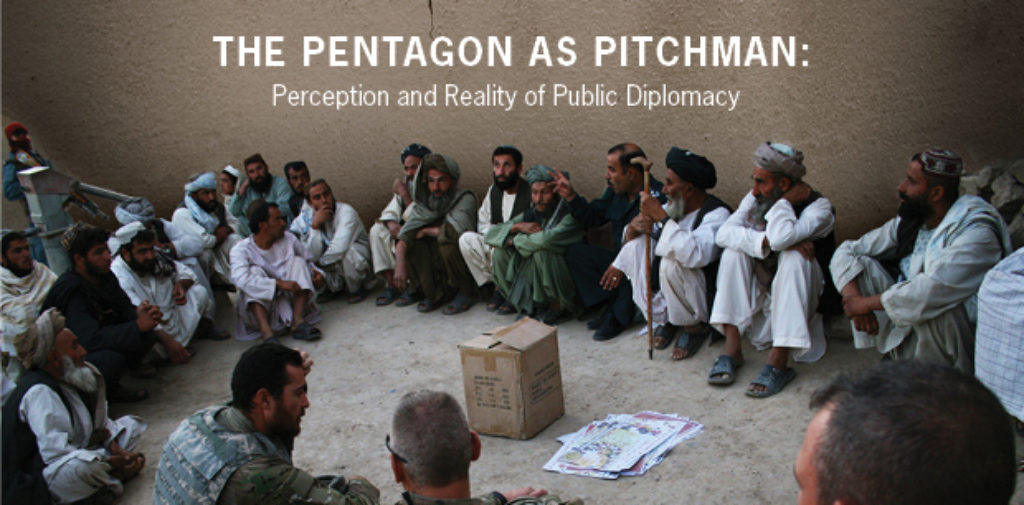The Department of Defense has not institutionalized public diplomacy-like activities throughout its components, belying both hopes that it would internalize these broader concerns into its everyday activities, and fears that the Department’s great scale would overwhelm all other US public diplomacy. But the evolving, post Goldwater-Nichols role of the combatant commands and SOCOM did encourage those particular organizations to develop and consolidate a program that looks very much like public diplomacy.
These conclusions have been obscured until now because of the difficulty in cataloging and costing activities within the Department of Defense that are like public diplomacy. This report is the result of a concerted effort to do so. We conclude that:
- Most of the defense activities often implicated in public diplomacy should not be. These include most of the activities the Defense Department defines as information operations, public affairs, building partnership capacity, and even most tactical military information support operations.
- Additionally, the Department of Defense has not broadly institutionalized public diplomacy-like activities despite a push to do so in the early 2000s. Institutionalization is the moving of people or resources, which has not happened.
- However, Special Operations Command and the geographic combatant commands maintain one enduring and fairly defined program that is very similar to public diplomacy activities. It includes the “Trans Regional Web and Magazine Initiatives” (TRWI and TRMI) and named “VOICE” operations.
- TRWI, TRMI, and VOICE operations were part of a $225-million budget, including war costs, in the 2012 fiscal year (FY12). That is roughly half what the State Department spends on information-based public diplomacy and just under a third of the budget for the Broadcasting Board of Governors.
- The contrast between one robust program and the lack of broader institutionalization is best explained by the varying identities, incentives, and missions of different military organizations. The military services have resisted institutionalizing public diplomacy-like activities to avoid diluting their long-standing missions, but the combatant commands, and especially SOCOM, have embraced such missions in response to their changing role in executing US foreign policy.
Public diplomacy offers a valuable example for how different organizations respond to different incentives and ultimately affect how US foreign policy is executed. Only by understanding these organizations and their incentives can we anticipate the military’s future role in executing US foreign policy.
Click here to download the report.
Click here to read USA Today’s exclusive story on the report.
This project was supported by the Robert Sterling Clark Foundation.

